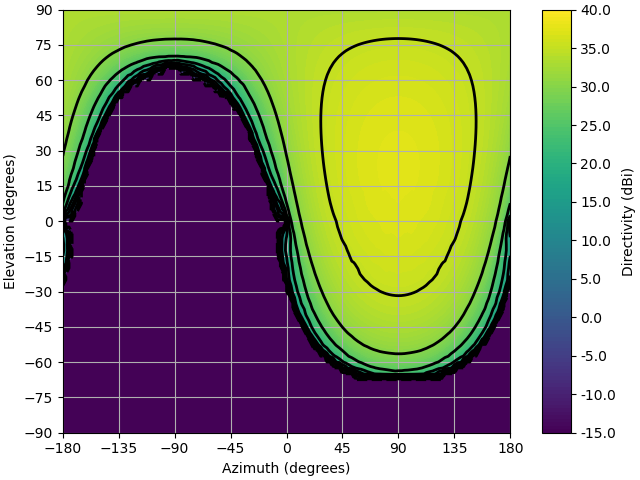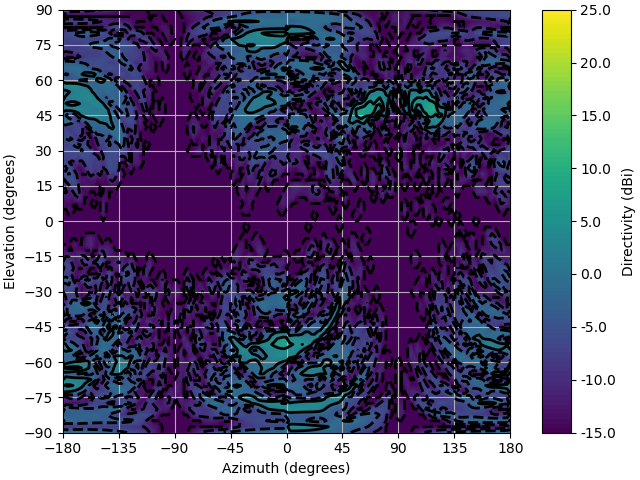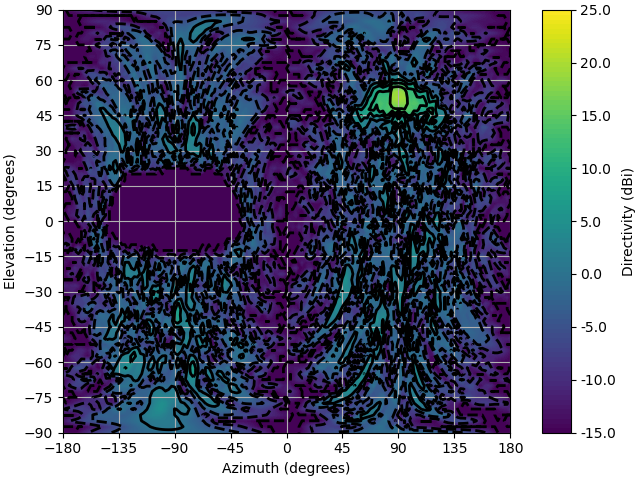Rapid Antenna and Array Analysis for Virtual Prototyping
Published in Radar 2022, 2022
Recommended citation: T. G. Pelham, "Rapid antenna and array analysis for virtual prototyping" International Conference on Radar Systems (RADAR 2022), Hybrid Conference, Edinburgh, UK, 2022, pp. 278-282, doi: 10.1049/icp.2022.2330 https://ieeexplore.ieee.org/document/10038925
The increased use of radar systems in new form factors from automotive to small unmanned aerial vehicles requires the development of robust and accessible methods for virtual prototyping. Allowing a project team to evaluate the influence of platform structure, antenna or array geometry and beamforming architecture on overall system performance. Using spatial measurements of a Sea Searcher X band radar as an example, LyceanEM is used to predict the influence of reflector shape on maximum achievable directivity, and predicted antenna pattern, compared with full electromagnetic solver (CST) at 9.3GHz. LyceanEM showed a correlation of 0.8 between the predicted and full solver antenna pattern, predicting a maximum directivity of 19.36dBi, compared to 21.97dBi for CST, using 109 seconds of runtime, versus 37 hours for the time domain solver.
 Figure 1 Sea Searcher Radar
Figure 1 Sea Searcher Radar
The measured antenna aperture has a maximum directivity enevelope which can be predicted very rapidly using LyceanEM, and this can then be used to move forward on designs. In this case, the workflow is demostrating the analysis of an exsisting antenna, so the prediction is based upon a fixed horn illuminator and no beamforming. The maximum directivity envelope is shown in Figure 2, while the predicted antenna patterns are shown in Figures 3 and 4.

Figure 2 Sea Searcher Reflector Maximum Directivity Envelope

Figure 3 Etheta polarisation directivity pattern

Figure 4 Ephi polarisation directivity pattern
